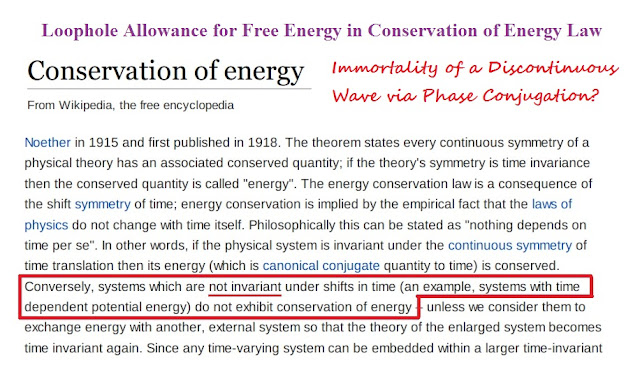increasing wave form ....
I did not find that book.
But this is an interesting video about whave forms getting bigger. https://www.youtube.com/watch?v=D7QiI8p1gi4
And some more about the same https://www.youtube.com/watch?v=itl-nFy_AT4
I did not find that book.
But this is an interesting video about whave forms getting bigger. https://www.youtube.com/watch?v=D7QiI8p1gi4
And some more about the same https://www.youtube.com/watch?v=itl-nFy_AT4





Comment